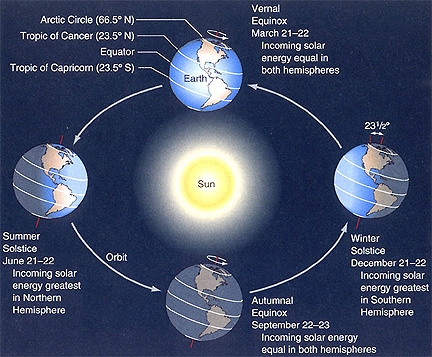
In my vegetable patch, kale planted in August is producing plenty of leaves for salad and cooked greens. We've already harvested the first heads of broccoli (transplanted in September) and are now enjoying the secondary side shoots. Lettuce, Asian greens, kohlrabi, beets and carrots sowed in September are also ready to eat. The garlic and shallots that I planted in November have sprouted. I planted some cloves of garlic in a separate patch to use as green garlic while I wait for the rest to form bulbs in the spring. So I'm anticipating harvesting garlic greens much like green onions in the next few weeks.
Because I have a large space for vegetables, I often don't get around to clearing out the summer veggies until winter. Procrastination has its rewards. In early December, with no frost in sight, I picked a sweet pepper and some zucchini from the fading plants. This late harvest is unusual but not unprecedented. Our first frost date historically has varied from mid-November to later in December.
Winter is citrus season, and I'm pleased to see a lot of bright fruit on the ‘Robertson' navel orange tree growing against a south-facing wall of the garage. In the front yard, the ‘Meyer' lemon tree is bearing dozens of small pale-yellow fruit, just in time for holiday host gifts. We also are enjoying kumquats and Rangpur limes (not real limes but a sour mandarin whose zest has a lovely lime aroma). I'm watching for frost, though, as these trees are sensitive to the cold. I've strung inexpensive twinkle lights on them and will cover them when frost is predicted.
Due to the drought, I did not water a lot of my yard this summer and fall. Oregano planted next to a rosemary bush has disappeared, but the rosemary persists and with the recent rains is looking quite healthy. Sprouting up around it is white-blooming alyssum, a volunteer from a previous planting that went to seed. It looks intentional and quite pretty. Elsewhere calendulas are thriving, too. They spread readily in the vegetable patch and look their best in winter. I let them spread, as I rather like their scent when I'm working in the garden, and the petals are a colorful addition to winter salads.
Flowers are not the only thing sprouting. All sorts of annual weeds (those that grow from seed) are emerging now, such as wild oats and other grasses, mustards and wild turnip. Every patch of formerly bare earth seems coated with green, a welcome sight after the dry summer and fall. The weeds in the garden beds are mostly small and easy to pull. Elsewhere, we'll mow the weeds down on some dry day in January, hopefully before they flower and set seeds.
On the north side of the house is an old camellia bush, already mature when we moved in over 30 years ago. It's now taller than the first story of the house and has some nice, fat flower buds. I'm thinking of pruning it down a bit but will wait until after it blooms.
We have a lot of cotoneaster shrubs scattered in the hedges that separate us from neighbors and the road. Just as the Sunset Western Garden Book says, they thrive with little or no maintenance and produce more berries when grown in poor soil. Right now their arching branches are covered with striking, bright-red berries. Some branches find their way into the house for holiday decorations, but most of the berries become bird food. Robins seem to be fond of them, but I hope they leave some for the migrating cedar waxwings when they arrive after the first of the year.
Can you tell that my winter garden is a mix of careful planning and selective neglect? Perhaps yours is, too. The shortest day of the year is a good day to appreciate both approaches to gardening.
Workshop: Napa County Master Gardeners will conduct a workshop on “Rose Pruning and Maintenance” on Saturday, January 17, from 10 a.m. to 2 p.m., at University of California Cooperative Extension, 1710 Soscol Avenue, Napa. This workshop will feature demonstrations on rose bushes to show and explain proper pruning techniques. Master Gardeners will discuss various types of roses, common rose diseases and routine maintenance including watering and fertilizing. Online registration (credit card only) Mail-in registration (cash or check only).
Master Gardeners are volunteers who help the University of California reach the gardening public with home gardening information. Napa County Master Gardeners ( http://ucanr.org/ucmgnapa/) are available to answer gardening questions in person or by phone, Monday, Wednesday and Friday, 9 a.m. to Noon, at the U. C. Cooperative Extension office, 1710 Soscol Avenue, Suite 4, Napa, 707-253-4143, or from outside City of Napa toll-free at 877-279-3065. Or e-mail your garden questions by following the guidelines on our web site. Click on Napa, then on Have Garden Questions? Find us on Facebook under UC Master Gardeners of Napa County.